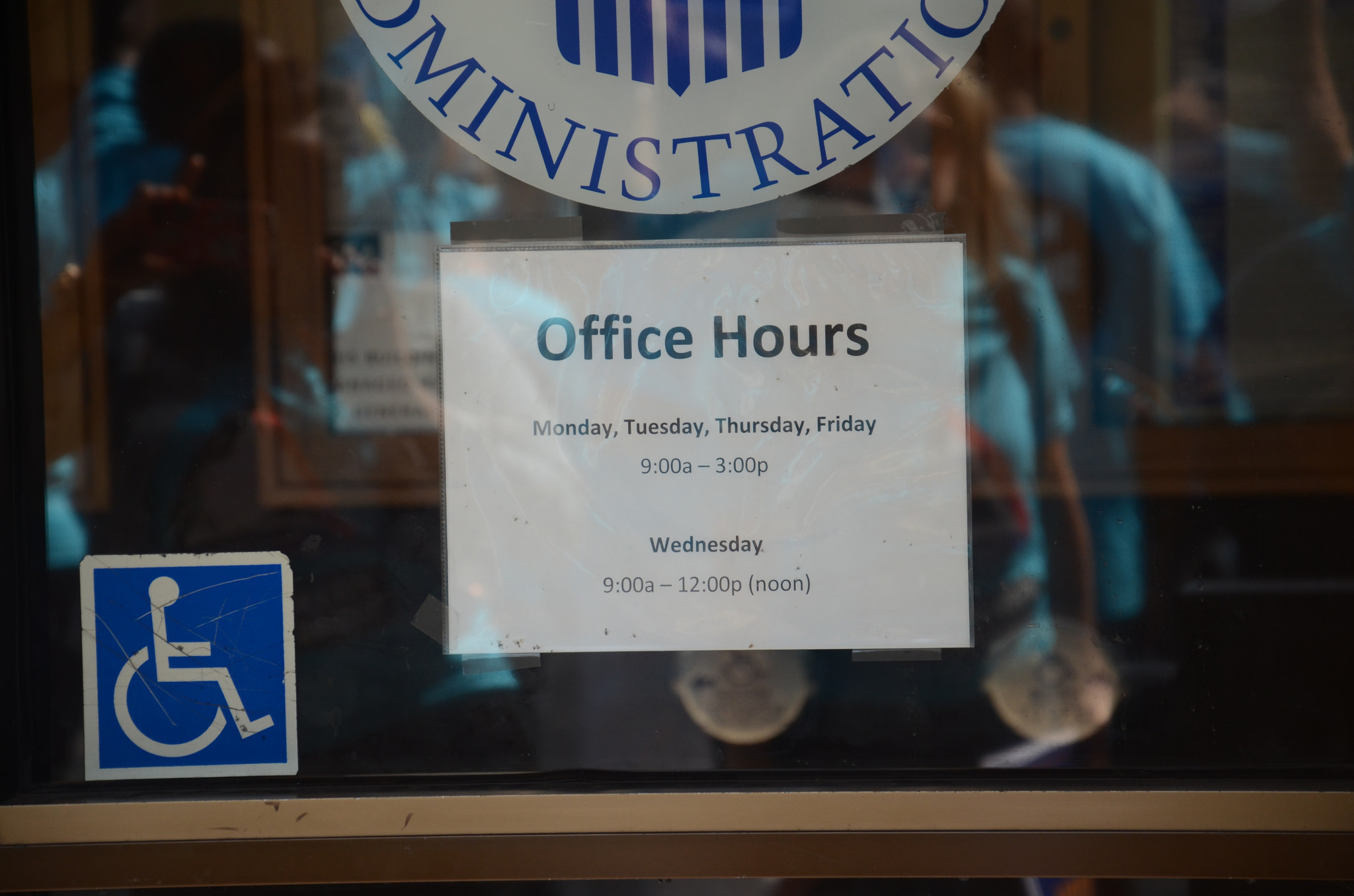
What do you know about Social Security Disability Benefits? To be entitled for Social Security Disability benefits, you must not only be just disabled but you must also have built up sufficient work credits with the Social Security. Exactly how many credits you will need will depend on your age and the year you became disabled. You must have worked some part of five of the last ten years before you became disabled.
About benefits for People with Disabilities, SSDI pays cash benefits to people who are unable to work for a year or more because of a disability. Benefits continue until you are able to work again on a regular basis, or until you reach retirement age. At that point, the disability benefits automatically convert to retirement benefits, but the amount remains the same. After receiving SSDI benefits for two years, you also become eligible for health insurance coverage under Medicare. The disability program also includes a number of work incentives to ease your transition back to work.
Social security disability list of impairments are as follows:
* Disorders of the Cardiovascular System
* Respiratory Disorders
* Special Senses i.e. vision, hearing loss
* Neurological Disorders
* Cancer
* Musculoskeletal Impairments – Bone, Joint & Tissue disorders
* Mental – Cognitive, Psychological & Psychiatric disorders
* Genito-Urinary Disorders
* Endocrine System Disorders
* Disorders involving multiple body systems
* Disorders of the Digestive System
For social security disability requirements, first, you must be able to prove that you are unable to perform any substantial gainful activity. You must be unable to perform your current job or any other job for at least a year. If you are able to find a job, then your earnings in a year can be no greater than $1,000 per month. Your condition must interfere with basic work-related activities for your claim to be considered. If it does not, the SSA will find that you are not disabled.
The SSA maintains a list of medical conditions that are so severe they automatically mean that you are disabled. If your condition is not on the list, the SSA has to decide if it is of equal severity to a medical condition that is on the list. If your condition is severe but not at the same or equal level of severity as a medical condition on the list, then the SSA must determine if it interferes with your ability to do the work you did previously. If it does not, your claim will be denied. If you are not able to do the work you did in the past, the SSA will determine if you are able to adjust to other work. The SSA will consider your medical conditions and your age, education, past work experience and any transferable skills you may have. If you cannot adjust to other work, your claim will be approved. If you can adjust to other work, your claim will be denied.
The initial social security disability application is made at your local Social Security Office. If the office determines that you have sufficient work credits to collect disability benefits, it will forward your application to a Disability Determination Services office in your state, which will make the decision about whether you meet the Social Security Administration’s criteria for disability. This decision is made by a doctor and a disability evaluation specialist. They may request additional medical records and/or request a medical evaluation or test. This exam will be paid for by the SSA.